MAHARASHTRA 14 NEWS, ( 22 AUG.) :The family doctor is synonymous with primary health as well as comprehensive health care in India. Scattered all across India, be it towns, villages and even cities, they were always the first line of contact of a patient with the health system. Highly respected, revered, and loved. They came from different faculties of the medical system; some were Allopath graduates, some Ayurveda graduates, yet others Homeopaths and others Unani graduates. Alongside also flourished a breed called RMPs or registered medical practitioners some of whose credentials were definitely doubtful. They had a basketful of varying degrees, MBBS, BAM&S, BAMS, BMS, DAMS, LCEH, BUMS, GFAM, not that the patient ever cared for his family doctors degree, he in fact never even understood what those letters meant. Crosspathy was the norm, each one practiced a mix of all pathies in their endeavor to give their best to the patients. His mode of transport in the towns and cities was invariably the ‘Hamara Bajaj’ scooter and in villages mostly the Rajdoot motorcycle which could take on any terrain.
The family doctor ensured both primary and emergency treatment and continuing medical care to the patient. He knew all his patients well, their families, their economic and social problems, their habits and vices. He knew their genetic dispositions which made diagnosis of any illness very easy for him. The family doctor was perhaps never wrong in his diagnosis. He didn’t need to take any detailed family history; he already knew it. He was well aware of all their dispositions, his hand percussed well, his palpation dug out hidden indispositions; his stethoscope heard any note that was not in tune with good health. His clinical acumen helped him to diagnose perfectly with these few methods and give good and ethical treatment to his patients. In short, he provided for very affordable treatment which was also very easily accessible.

Not for him were the multiple diagnostic tests as of today, only if he was unable to come to a conclusion would he advise any test, definitely not a battery of them. There was a very limited use of technology in his diagnosis.
He would diagnose and treat your fevers, diarrhea’s, respiratory tract infections, urinary tract infections, renal calculi, monitor your pregnancy, any skin infections, in fact he could and would treat everything. He was the jack of all trades, you had a fall, and he would clean and dress it with a jab of tetanus too. If it was a bigger contused, lacerated wound that too he would clean, suture and dress. Any foreign body in the eye, he would easily remove, similarly with foreign bodies in the ear or nose. if you had corns that too would be easily removed by him, so would he easily remove a sebaceous cyst or even a lipoma. Any lady needed an auroplasty, at that too he was an expert. There was nothing he didn’t know nor could not do and that too for a minuscule payment. He was the physician and surgeon rolled into one. He would even provide day care if necessary and would administer intravenous fluids. His clinic or dispensary was of mediocre settings, maybe 2 or three rooms. A table, a chair, an examination table, a few posters on the walls, a calendar, stools for his patients. It was a sparse but well-equipped setup. An electric sterilizer in the corner, his shelves would be filled with medicines, cotton, dressing material, suture material, intravenous fluids, iv sets, sticking tape and all necessary accessories. There would be an emergency tray at one corner, a Xray viewer, his stethoscopes, hammer, forceps and scissors all well stacked, a small refrigerator in one corner for the vaccines. In short, he was well equipped to handle any type of patient.
He doubled up as a gynecologist, obstetrician and pediatrician too. Immunization of the children too was his responsibility. As he stocked and dispensed medicines too he was also the pharmacist. Everything under one roof. His patients were a happy lot, after all he was part of their family, and he joined them in their household celebrations as also in their sorrows. He could be called for house visits regularly, he never refused. There were long queues but no prior appointments were necessary. If you had monetary problems, you could pay later or even the kind doctor would many a time just waive it off. He family doctor also gave advise to families on the education of their children, he counseled his patients and family members to give up smoking, alcohol, drugs if they were addicted to it and successfully too. Family squabbles too would be settled by the shrewd doctor. He provided his services for both acute and chronic illnesses. He provided rehabilitation advice and care. The family doctor gave quality time and advises to his patients, he always avoided unnecessary investigations. He was a boon to the community. He was a trusted person. Even if a patient needed a referral to a secondary or higher center, he would facilitate that too. No wonder he was called the family doctor.
But as usual good things never last forever. The early eighties and later decades saw the influx of the specialist doctors. They specialized in different fields. There were physicians, pediatricians, gynecologists, skin specialists, ophthalmologists, ENT specialists etc. Slowly some patients who were better educated and financially stronger began preferring to see a specialist rather than the family doctor. Of course, the specialists too were very good doctors in their respective fields, but they cost more, prior appointments were needed, long lists of tests were asked to be done, yet the patients had the satisfaction of having gone to a specialist to get the right treatment, but at odd times and hours they still rushed to the family doctors in times of emergency.
A foreign body removal from the eye would cost a few hundred rupees at the family doctors place, it cost a few thousands at the ophthalmologist, but the satisfaction that a specialist took it out was in the patient’s mind. Similarly, all the small surgeries and suturing of wounds he conducted very skillfully at nominal cost would cost ten time more at the specialist but the trend had begun, the out flux at least for specialized treatment’s was towards specialist doctors. People began visiting specialists even for trivial illnesses and began killing the concept of the family doctor. Now he had begun losing these patients and with that his skill too in these matters began to rust.
As he started losing these patients it now was affecting him financially too. The newer generations unlike their older generations didn’t think much of the family doctor, they were happy going to specialists and newer hospitals if treatment was needed. Then came the super specialists. DM, McH and what not. They were masters in different systems and organs, heart, liver, kidney, hand foot, neck, spine, practically every part and organ of the body was catered to by a super specialist. Trends kept on changing; now even for a minor headache patients would line up outside the neurologist’s consultation place, any with UTI would travel to a nephrologist, even the slightest burning sensation in the chest would need a visit to the cardiologist. To make matters worse soon came the corporate hospitals which had every faculty under one roof. They offered all diagnostic services too. The hospitals were swanky, centrally air-conditioned with five-star facilities. The financial status of the patients too had improved drastically coupled with it were huge medical allowances paid for by employers and also the insurance policies offered which ensured cashless treatment. All of this led to the declining number of patients going to the family doctor, some of them mostly the seniors silently wound-up business and went into retirement, the middle-aged formed groups to set small size hospitals, younger ones put money into bigger hospitals as partners, slowly the family doctors both in towns and cities began vanishing.
Those old enough had retired, the younger ones had shifted to newer hospitals, the patients lost out, it was their loss, no more the luxury of calling a doctor home to see his bedridden parents, no more walk-in emergency services, no more cheap quality services, no more heart-to-heart talks with a doctor, the patients unknowingly and unfortunately lost out.
It’s not that only the patients have lost out, the health system has lost out. We need a strong primary health treatment base which is both accessible and affordable to patients if we have to lift up our quality of health services and the key to it is the family doctor. Today no doctor seems to be inclined to do this, none is willing to set up a practice as a family doctor, it doesn’t give any good returns in the current scenario. What every new doctor is interested in today is forming groups, opening a new hospital with diagnostics facilities. There is no more any motivation to work as a family doctor anymore.
Urgent steps need to be taken by the government and medical associations to revive this system immediately before it finally disappears. The trust in the family doctor needs to be reinvented to keep the primary health vibrant. Nothing can replace this very important link at the primary level, lets hope the new generation of doctors realize this and develops the ground for a stronger first point of contact for all patients as their predecessors did.
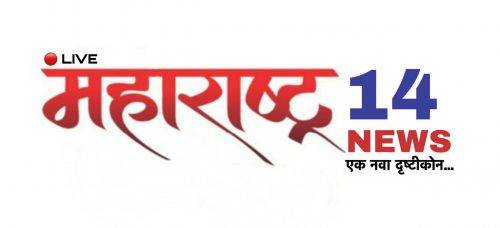

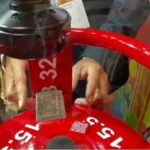
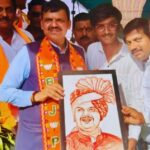

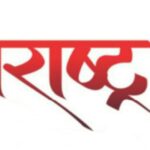
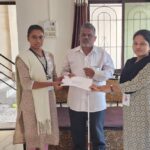




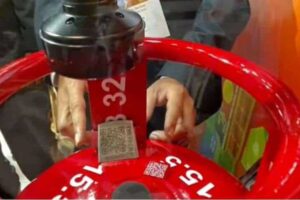
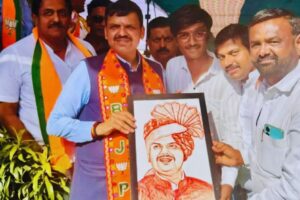
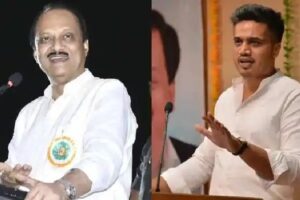








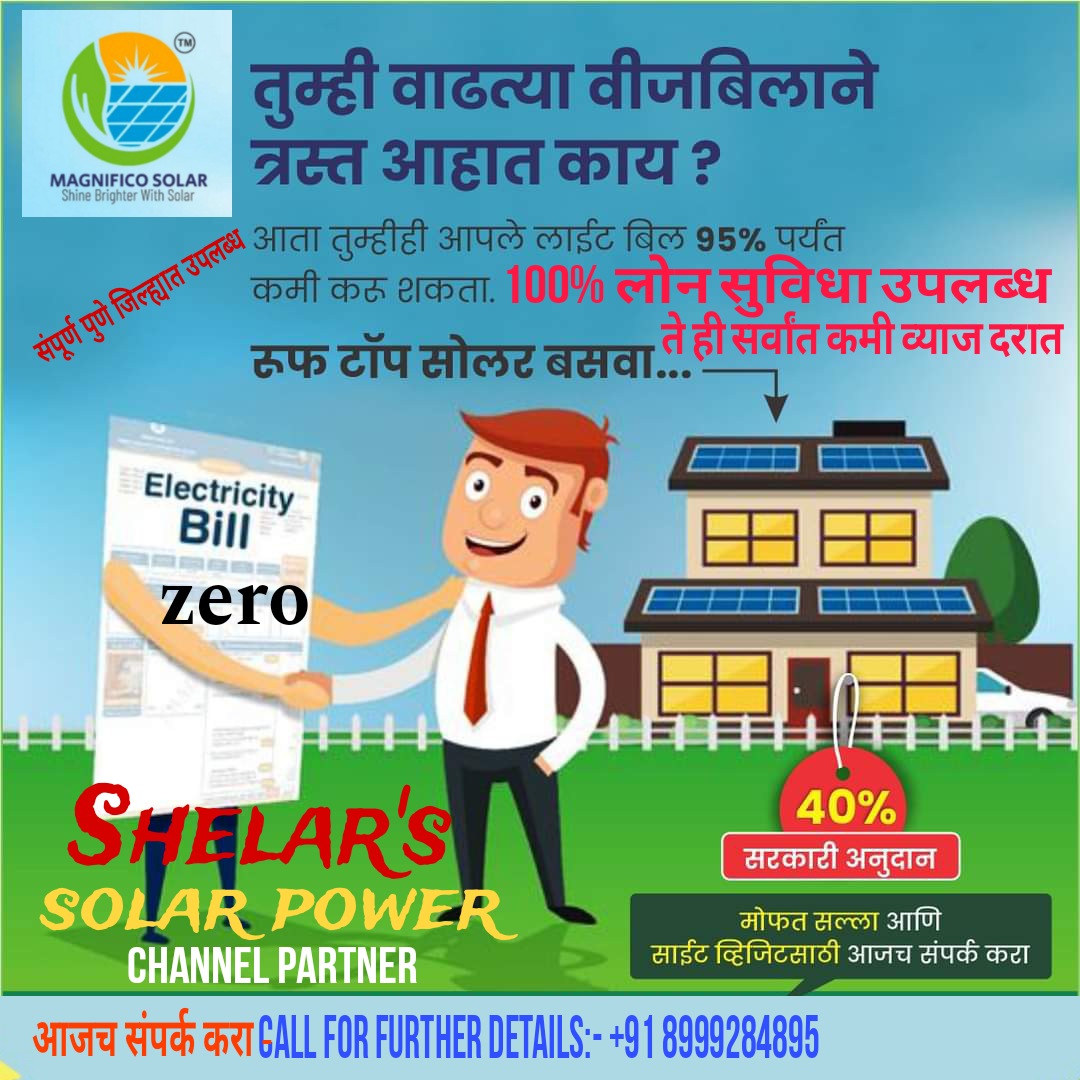
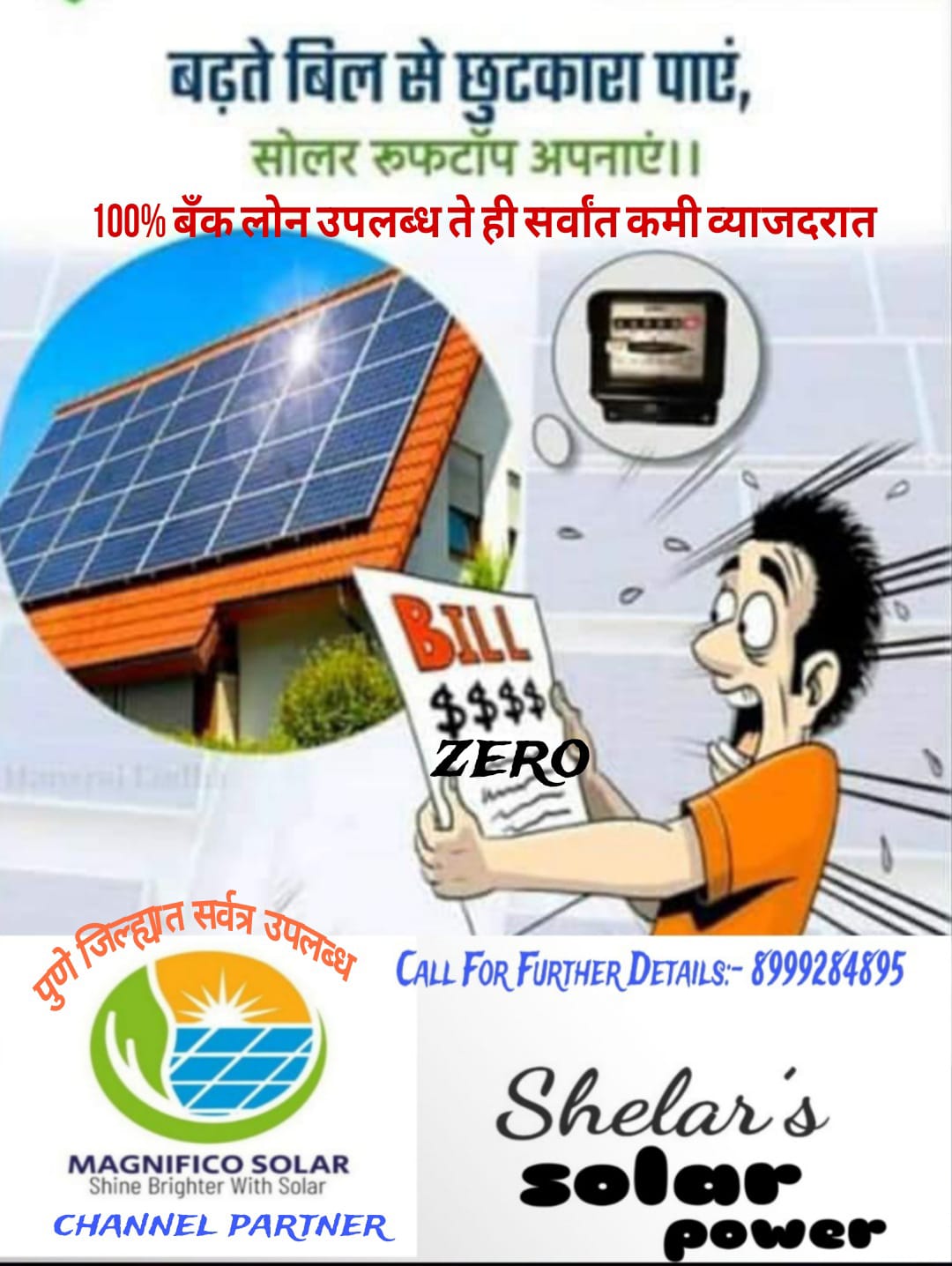



11 Comments